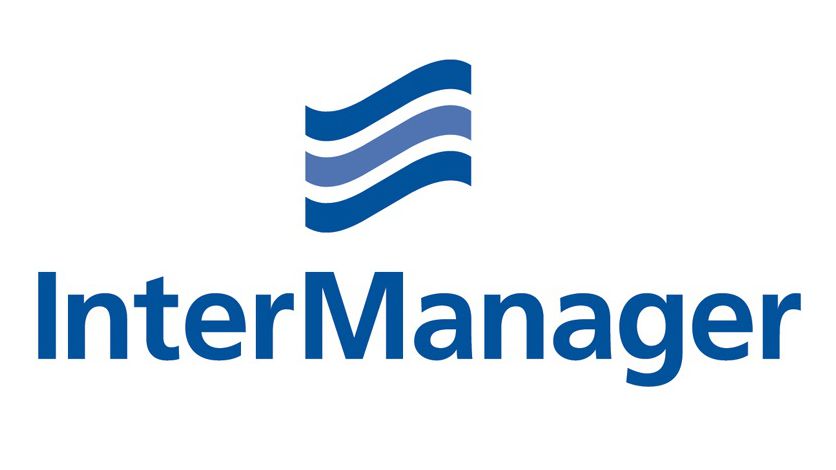
Capt. Kuba Szymanski
Intermanager
Secretary General

Prompt reporting of accidents in enclosed spaces onboard ships is essential to enable the shipping industry to work collectively to reduce deaths on ships.
InterManager, the international trade association for third party ship and crew managers, has called for better accident reporting following a spate of deaths in enclosed spaces this year.
InterManager has been involved in monitoring enclosed space accidents for some time now. The association’s comprehensive statistics extend back to 1999 and demonstrate that during that time there have been 235 fatalities involving 171 Seafarers and 64 Stevedores. There have been seven deaths so far this year, the most recent occurring in August.
Captain Kuba Szymanski, InterManager Secretary General who has been in post for more than 12 years, comments: “Every death in the workplace is tragic and we must ensure we do all we can to prevent them. Enclosed spaces are particularly high risk environments and seafarers and shore workers need our support to literally save lives.”
Seafarers entering enclosed spaces can encounter oxygen-deficient, oxygen-enriched, flammable or toxic atmospheres, and multiple fatalities or injuries can occur if crewmates find a casualty in an enclosed space and panic, entering that space to effect a speedy rescue and falling victim to the same hazard themselves.
Under the SOLAS (Safety Of Life At Sea) requirements contained in International Maritime Organization (IMO) Resolution A1050, issued in 2011, ship operators are required to protect workers from the risks of entry into enclosed spaces through measures such as regular safety drills and providing atmosphere testing equipment. However, many feel the regulations need updating to take account of lessons learned from fatal shipboard accidents.
In fact, responding to deaths within its jurisdiction, the UK Maritime and Coastguard Agency this year issued its own updated safety regulations to be observed for entering enclosed spaces aboard ships. It defined these spaces as including chain lockers, cargo holds, duct keels and water tanks, as well as any area which has been left closed for any length of time without ventilation.
InterManager has been working with the IMO and industry stakeholders to identify solutions and protect crew. The association carried out a significant industry survey which asked seafarers to identify what they saw as the major contributing factors in enclosed space fatal accidents. This research clearly identified that inconsistent and confusing procedures, poor quality training, and time pressures were the biggest issues. More than 30% of respondents identified “procedures” as the most significant cause, pointing out that different regulations use different terms, such as “dangerous space” or “confined space”.
Other investigations have highlighted specific safety issues which need to be addressed including ‘Australian’ hold ladders’ installed on bulk carriers. These are not required to be totally enclosed but in many cases they are, with openings at the top and bottom. When the cargo hold is full it will trap any hazardous atmosphere within the ladder and this may remain trapped as the bulk cargo is emptied until the bottom access is opened. Use of these accessways when the ship is unloading has resulted in the deaths of a number of stevedores and ships’ crew.
Small spaces adjacent to cargo holds can also become hazardous if the cargo hold door seals are damaged allowing the dangerous atmosphere to migrate. Time pressures created by ‘just-in-time’ shipping practices and fast port turnarounds can result in unrealistic expectations and cutting corners, particularly with hold cleaning operations.
Flag States, shipping companies, and insurers all have an important role to play in helping to reduce accidents in enclosed spaces. In particular Capt. Szymanski calls for:
-
Report: Accidents to be reported to the IMO’s Global Integrated Shipping Information System (GISIS) – presently figures show that only 58% are reported
-
Share: Reports should be shared with industry – not something that currently happens
-
No Blame: At the moment 100% of accident reports blame the seafarer as a main cause. Enquiries need to delve deeper to establish why the seafarer took the decisions which led to the accident and what factors contributed in this chain of events.
Capt. Szymanski said: “The shipping industry is very slow in reporting accidents in enclosed spaces. By not reporting accidents the shipping industry is not giving people the chance to properly investigate, understand and learn from them. This is potentially putting the lives of more seafarers and port workers in danger and I urge everyone to report accidents and share information so that we can learn from and prevent tragic incidents.”






